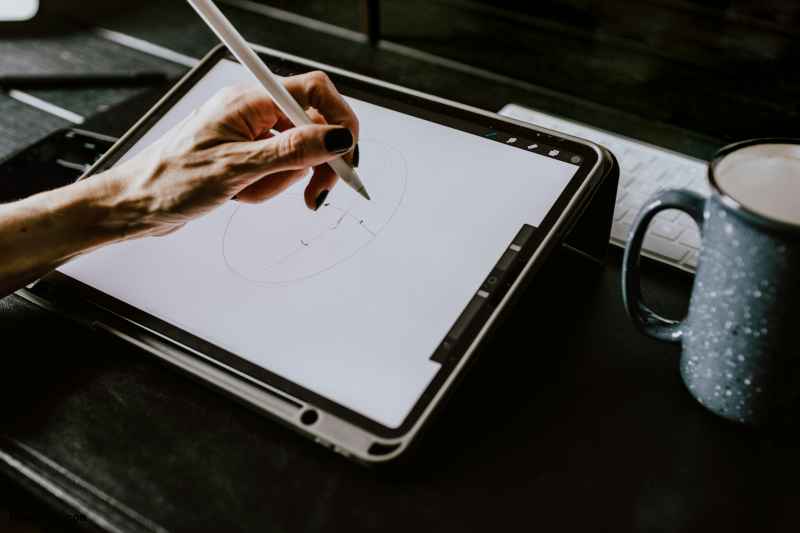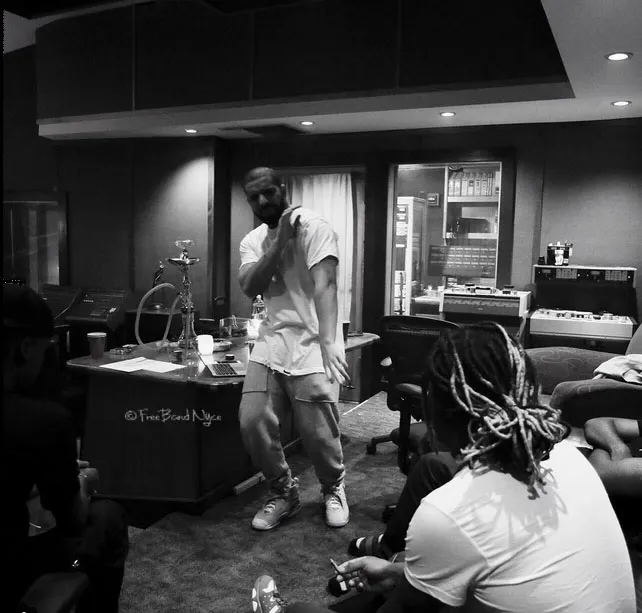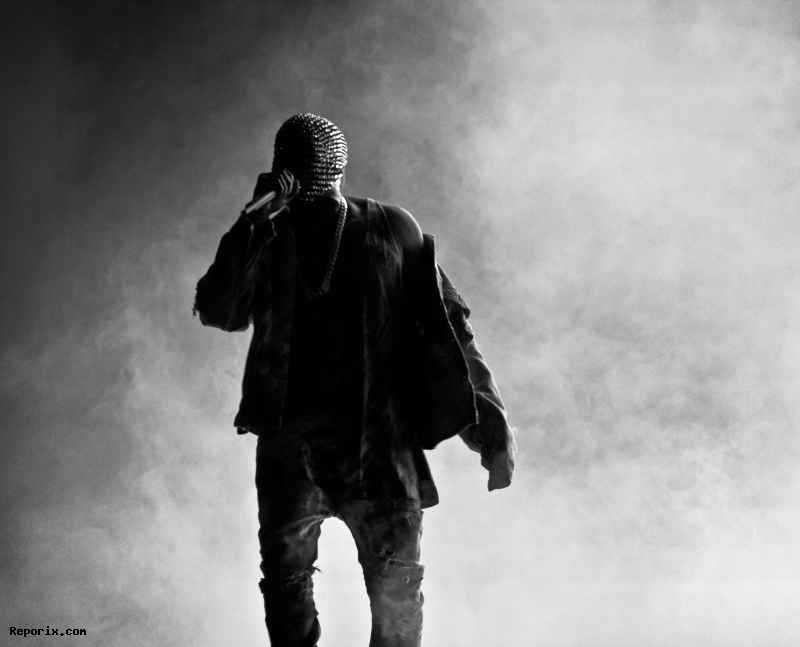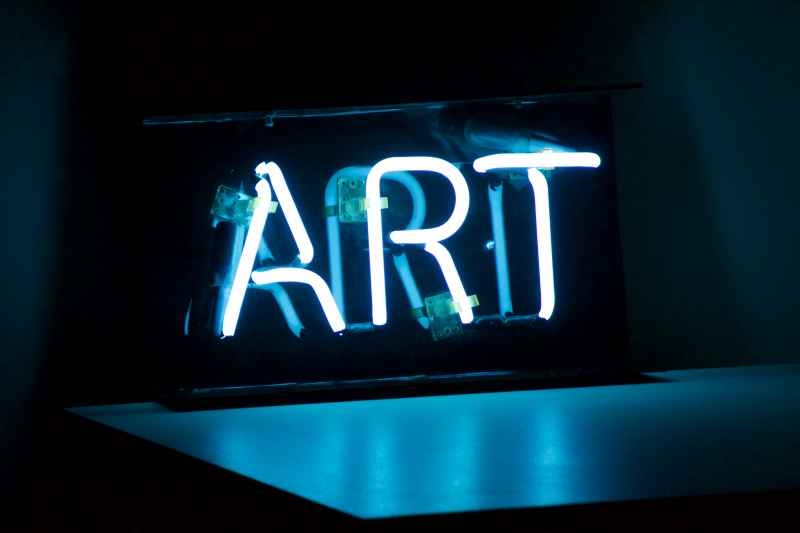Digital art has transformed the global art scene in profound ways. From digital paintings to 3D animations and even NFTs, it’s clear that creativity has entered a new era—one that lives not just on canvas, but on screens. Whether created with a tablet, stylus, or algorithm, digital art opens up entirely new possibilities for how we express and experience creativity.
So what exactly is digital art? At its core, digital art refers to artworks created using digital tools such as software, tablets, or artificial intelligence. Unlike traditional art, these pieces are not crafted on physical materials but exist in digital form—making them easy to edit, share, and even sell as NFTs on blockchain platforms.
There are many forms of digital art. Digital painting, often created in apps like Photoshop or Procreate, mimics the brush and paint experience. Vector illustrations created with tools like Adobe Illustrator are scalable and clean. 3D modeling and animation—using software like Blender or Cinema 4D—bring characters and environments to life. Generative art, powered by AI tools such as Midjourney or DALL·E, creates images based on written prompts, while pixel art draws on retro gaming aesthetics to produce charming, nostalgic visuals. Then there’s NFT art, where digital creations become collectible, tradable assets on the blockchain.
If you’re curious about trying digital art yourself, the barrier to entry is lower than ever. A basic drawing tablet or an iPad with a stylus can be enough to get started. Many tools—like Krita, Procreate Pocket, or even browser-based platforms—are low-cost or free. As with traditional art, the fundamentals still matter: understanding sketching, color, and composition will help bring your digital pieces to life. Learning to use layers, brushes, and textures is essential to mastering your chosen software.
For beginners, there’s a wealth of resources online. YouTube channels like Proko, Marc Brunet, and Sinix Design offer tutorials that are both accessible and inspiring. Platforms like Domestika, Skillshare, and Udemy provide structured courses in everything from digital illustration to 3D animation. For inspiration, sites like ArtStation, Pinterest, and DeviantArt showcase portfolios from both aspiring and professional artists around the world.
Digital art isn’t just a creative outlet—it’s also a viable career path. Many artists work as freelancers designing book covers, character art, and branding materials. Others sell their digital work as NFTs on platforms like OpenSea or Foundation. Print-on-demand services like Redbubble and Society6 allow artists to sell their work on everything from t-shirts to home decor. Some monetize their audience through platforms like Patreon, commissions, or social media. Big names like Beeple—who sold an NFT for $69 million—or Loish—known for her vibrant, expressive characters—show what’s possible when digital art meets global reach.
Looking ahead, the future of digital art is full of innovation. AI is beginning to play a larger role in the creative process. Augmented and virtual reality are turning digital art into immersive experiences. Blockchain technology is creating new markets and ways to own digital works. Virtual galleries and 3D exhibitions are already changing how we view and share art online.
In the end, digital art is much more than a trend—it’s a powerful, evolving form of expression. Whether you're a hobbyist looking to explore or a future professional hoping to build a career, now is the perfect time to dive in. With the right tools and an open mind, anyone can become a digital artist and be part of this creative revolution.




